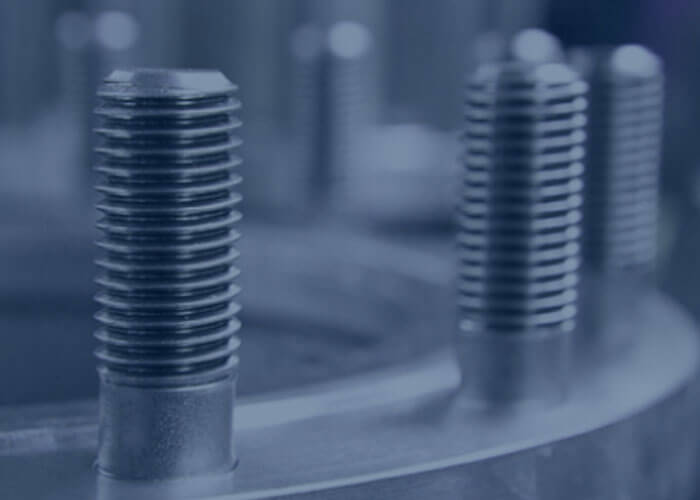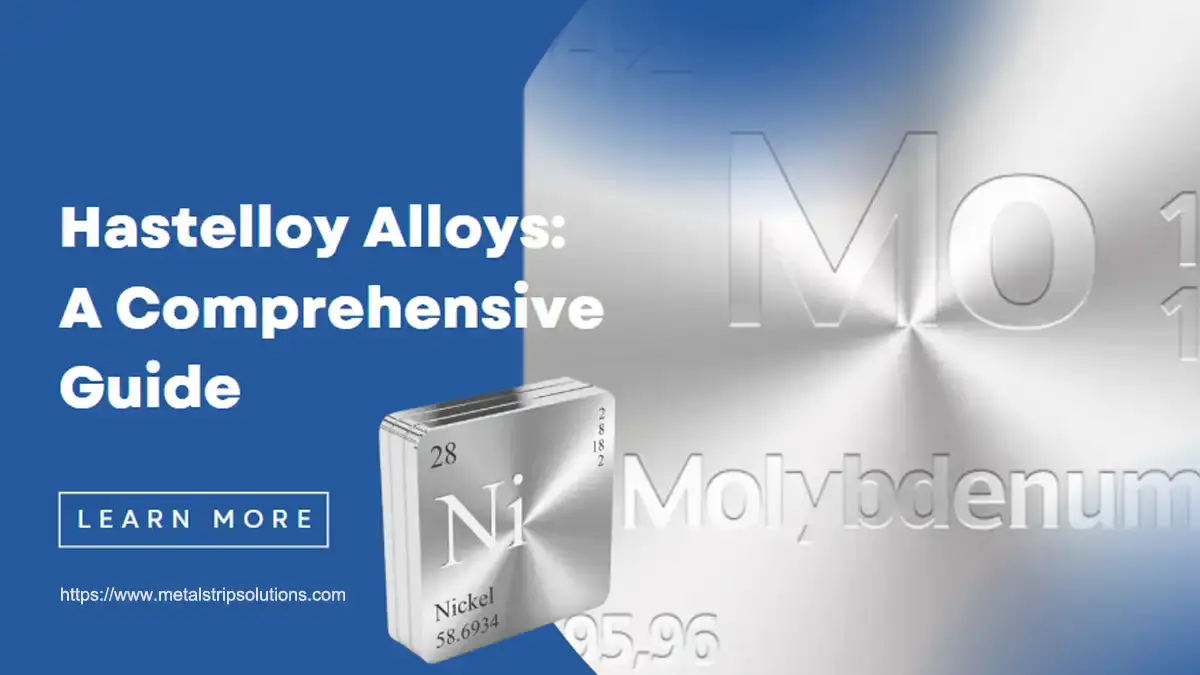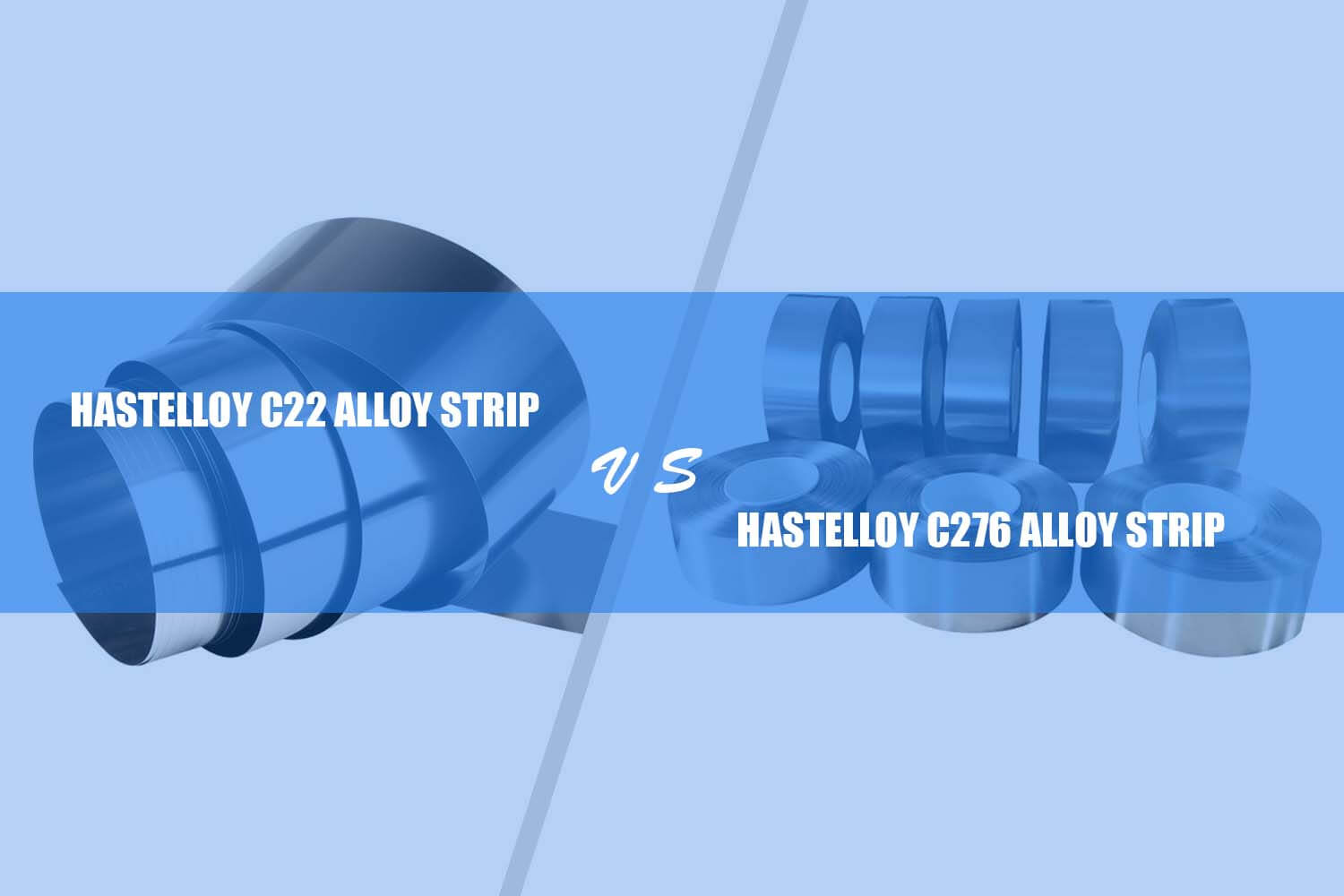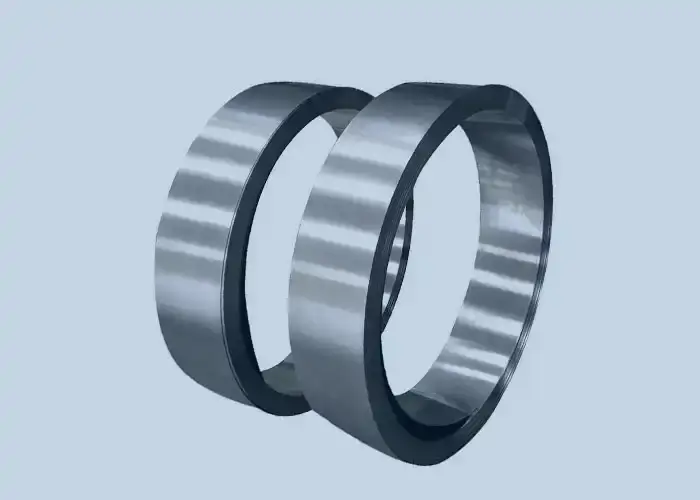Hastelloy B-3
Introduction
Overview of Hastelloy B-3 Alloy
Hastelloy B-3 alloy (UNS N10675/W.Nr. 2.4600) exhibits extremely high resistance to pure hydrochloric, hydrobromic, and sulfuric acids.
Furthermore, it has greatly improved structural stability compared with previous B-type alloys, leading to fewer concerns during welding, fabrication, and service.
Like other nickel alloys (in the mill annealed condition), it is ductile, can be formed and welded, and resists stress corrosion cracking in chloride-bearing solutions. Also, it is able to withstand fluoride-bearing media and concentrated sulfuric acid, both of which result in damage to zirconium alloys. It is used in numerous chemical process industry (CPI) applications, especially in the construction of reaction vessels for pure, reducing acid service.
The molybdenum content of the nickel-molybdenum (B-type) alloys is such that there is a strong tendency for phases other than the desirable (face-centered cubic) gamma phase to form in the microstructure, particularly in the temperature range 500°C to 900°C. The most deleterious of these alternate phases is Ni4Mo, which forms quickly at certain temperatures, affects ductility, and reduces resistance to stress corrosion cracking.
The chief attribute of Hastelloy B-3 alloy, as compared with other modern B-type materials, is its greatly improved structural stability.
Features of Hastelloy B-3
1. It has strong corrosion resistance in acidic media such as hydrochloric acid, sulfuric acid, and formic acid
2. Strong thermal stability and structural stability
3. It has higher ductility than Hastelloy B-2, and can be welded and integrally formed
4. Long embrittlement time at high temperature
5. Excellent resistance to pitting, corrosion and stress corrosion cracking

Hastelloy B-3 Alloy Applications
Hastelloy B-3 alloy can be used in a variety of applications including:
- The production and processing of many concentrated acids
- Mechanical components and vacuum furnaces
- Chemical processing
Hastelloy B-3 Tags
- UNS Number: N10675
- Werkstoff Number: 2.4600
- Standards: ASTM B622, ASTM B619, ASTM B333, ASTM B335
Hastelloy B-3 Quality Products
Hastelloy B-3 Technical Data
| STANDARD | WERKSTOFF NR. | UNS | GOST | AFNOR | JIS | BS | EN | OR |
| Alloy B-3 | 2.4600 | N10675 | – | – | – | – | – | – |
| Grade | Standard | C | Si | Mn | Mo | Co | Cr | Ni | Ti |
| Hastelloy B-3 | AMS 5542 | ≤0.01 | ≤0.10 | ≤3.00 | 27.0-32.0 | ≤3.0 | 1.0-3.0 | ≥65 | ≤0.20 |
| Density | Melting Point | Tensile Strength | Yield Strength (0.2%Offset) | Elongation |
| 9.22 g/cm3 | 1418°C (2585°F) | 860Mpa | 420Mpa | 50% |
Related Resources

Hastelloy Alloys: A Comprehensive Guide
The two main ingredients required for making all the grades of Hastelloy® ( Hastelloy is a trademark of Haynes International Inc.) alloys are Nickel and Molybdenum. Hastelloy alloys are very famous for their corrosion resistance properties. There are many grades of Hastelloy alloys, and every grade has different properties due to secondary alloying elements like

Difference Between Hastelloy C22 And C276 Alloy Strip
Hastelloy C276 and C22 alloys strips, both of them are nickel-based alloys, belong to the Hastelloy C series of materials invented by Haynes International in the United States, and have very similar properties. What is the difference between them? Let’s keep reading. What is Hastelloy C22 Alloy Strip? Hastelloy C22 alloy strip is a nickel-chromium-molybdenum












